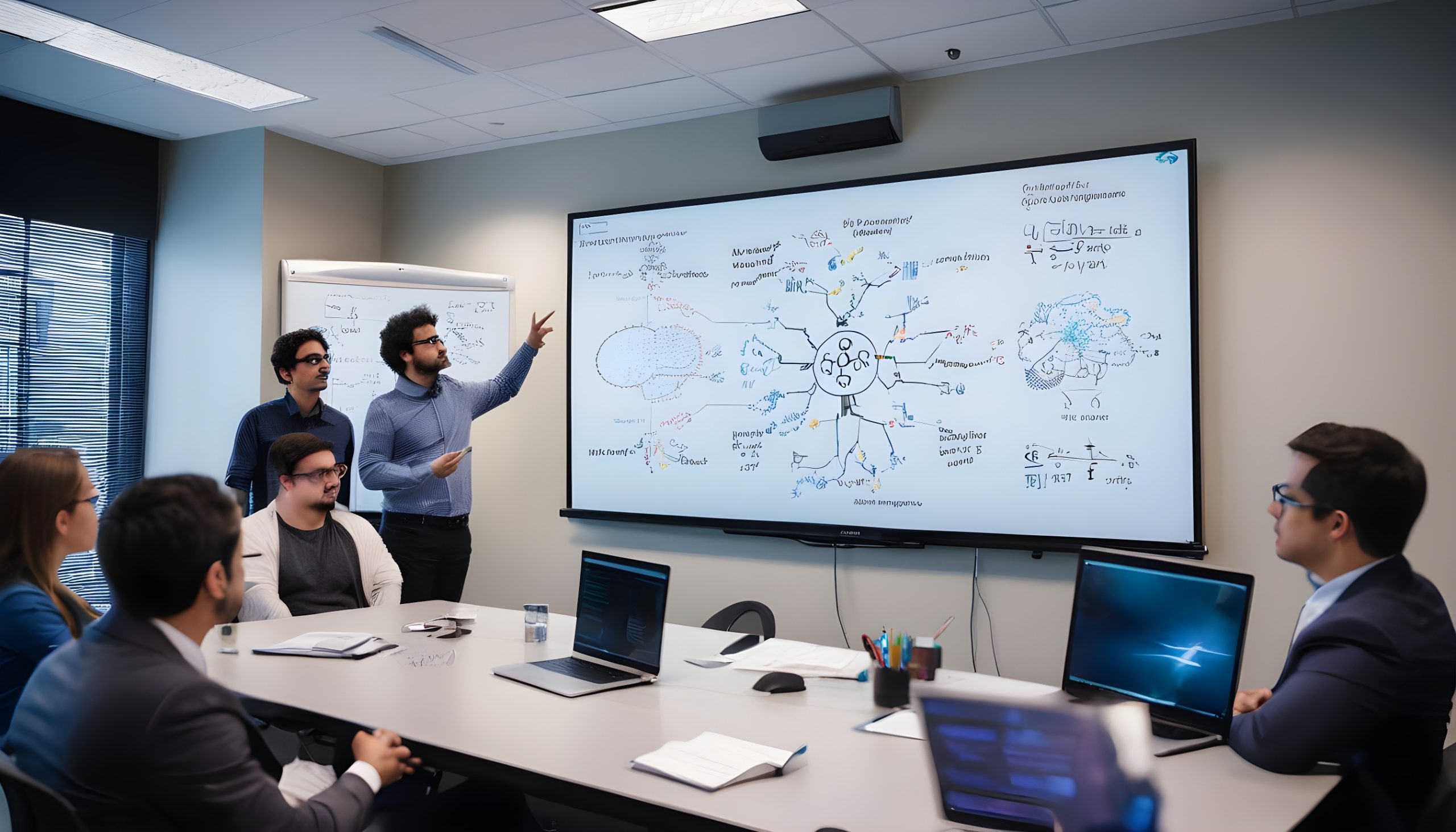Unlock the potential of neural networks with our comprehensive guide! Explore their structure, applications, and future trends in artificial intelligence. Dive into the world of AI with confidence.

- Introduction to Neural Networks
- What are Neural Networks?
- Historical Background
- Basic Structure of Neural Networks
- Neurons and Layers
- Activation Functions
- Types of Neural Networks
- Feedforward Neural Networks
- Recurrent Neural Networks
- Convolutional Neural Networks
- Training Neural Networks
- Backpropagation
- Gradient Descent
- Regularization Techniques
- Applications of Neural Networks
- Image Recognition
- Natural Language Processing
- Autonomous Vehicles
- Advantages of Neural Networks
- Flexibility
- Parallel Processing
- Adaptability
- Challenges and Limitations
- Overfitting
- Interpretability
- Computational Power
- Future Trends in Neural Networks
- Deep Learning
- Neuromorphic Computing
- Explainable AI
- Conclusion
Neural Networks in Machine Learning
Artificial intelligence (AI) has revolutionized the way machines learn and adapt to tasks, and at the core of this transformation lies neural networks. These complex systems, inspired by the human brain, have become the cornerstone of modern machine learning. In this article, we’ll delve into the intricacies of neural networks, exploring their structure, functioning, applications, and future prospects.
Introduction to Neural Networks
What are Neural Networks?
Neural networks are a set of algorithms, modeled loosely after the human brain, that are designed to recognize patterns. They interpret sensory data through a kind of machine perception, labeling or clustering raw input.
 Historical Background
Historical Background
Neural networks have a rich history dating back to the 1940s when the concept was first introduced. However, it wasn’t until the advent of powerful computing systems that neural networks gained prominence.
Basic Structure of Neural Networks
Neurons and Layers
At the core of a neural network are its neurons, which are organized into layers. These layers include an input layer, one or more hidden layers, and an output layer. Neurons within each layer are interconnected, and the strength of these connections is adjusted during the learning process.
Activation Functions
Activation functions determine the output of a neuron. They introduce non-linear properties to the network, enabling it to learn complex patterns in the data.
Types of Neural Networks
Feedforward Neural Networks
Feedforward neural networks are the simplest form of neural networks, where data moves in only one direction—from the input nodes, through the hidden nodes (if any), and to the output nodes.
Recurrent Neural Networks
Recurrent neural networks (RNNs) are designed to recognize patterns in sequences of data. They possess memory, allowing them to retain information about previous inputs.
Convolutional Neural Networks
Convolutional neural networks (CNNs) are particularly suited for tasks involving image recognition and processing. They use a specialized architecture to automatically and adaptively learn spatial hierarchies of features.
Training Neural Networks
Backpropagation
Backpropagation is a key algorithm used to train neural networks. It works by adjusting the weights of the connections in the network to minimize the difference between the actual output and the desired output.
Gradient Descent
Gradient descent is an optimization algorithm used to minimize the loss function in neural networks. It iteratively adjusts the parameters of the model to reach the optimal values.
Regularization Techniques
Regularization techniques, such as dropout and L1/L2 regularization, help prevent overfitting by adding penalties to the loss function.
Applications of Neural Networks
Image Recognition
Neural networks have revolutionized image recognition tasks, achieving human-level performance in tasks such as object detection and classification.
Natural Language Processing
In natural language processing, neural networks are used for tasks such as language translation, sentiment analysis, and text generation.
Autonomous Vehicles
Neural networks play a crucial role in the development of autonomous vehicles, enabling them to perceive and interpret their surroundings.
Advantages of Neural Networks
Flexibility
Neural networks are highly flexible and can be adapted to a wide range of tasks and domains.
Parallel Processing
Neural networks are inherently parallel, allowing them to process multiple inputs simultaneously, leading to faster computation.
Adaptability
Neural networks can adapt to changing environments and learn from new data, making them suitable for dynamic and evolving systems.
Challenges and Limitations
Overfitting
Overfitting occurs when a model learns to memorize the training data instead of generalizing from it, leading to poor performance on unseen data.
Interpretability
Neural networks are often referred to as “black boxes” due to their complex nature, making it difficult to interpret how they arrive at a particular decision.
Computational Power
Training complex neural networks requires significant computational power and resources, limiting their scalability.
Future Trends in Neural Networks
Deep Learning
Deep learning, a subset of neural networks with multiple layers, holds the promise of unlocking even greater capabilities in AI systems.
Neuromorphic Computing
Neuromorphic computing aims to design hardware architectures inspired by the human brain, leading to more efficient and powerful neural network implementations.
Explainable AI
Explainable AI seeks to enhance the transparency and interpretability of neural network models, making them more trustworthy and understandable.
Conclusion
Neural networks have emerged as a powerful tool in machine learning, driving innovation across various domains. With their ability to learn from data and adapt to complex tasks, neural networks are poised to shape the future of artificial intelligence.
FAQs (Frequently Asked Questions)
- Are neural networks the same as the human brain? No, while neural networks are inspired by the human brain, they are simplified models designed to mimic certain aspects of brain function.
- What are some practical applications of neural networks? Neural networks are used in diverse applications such as image recognition, natural language processing, autonomous vehicles, and financial forecasting.
- How do neural networks learn from data? Neural networks learn from data by adjusting the weights of connections between neurons based on the error or difference between predicted and actual outputs.
- What are the main challenges in training neural networks? Challenges in training neural networks include overfitting, vanishing gradients, and computational resources required for training large models.
- What is the future of neural networks? The future of neural networks lies in advancements in deep learning, neuromorphic computing, and efforts to make AI more explainable and interpretable.





